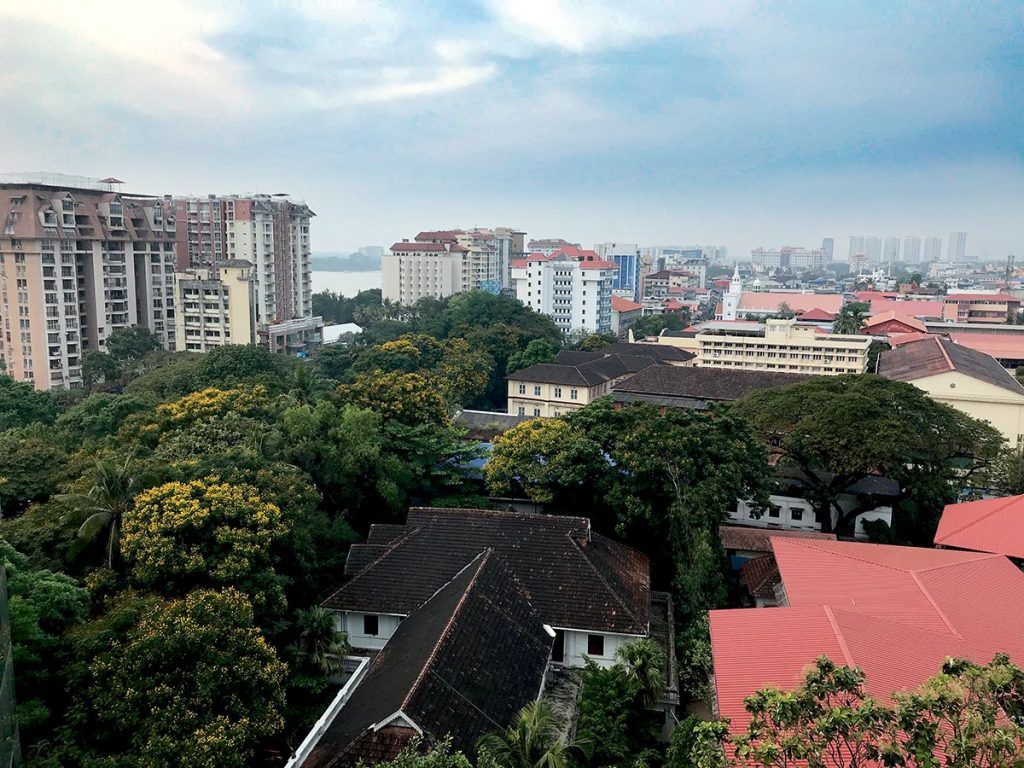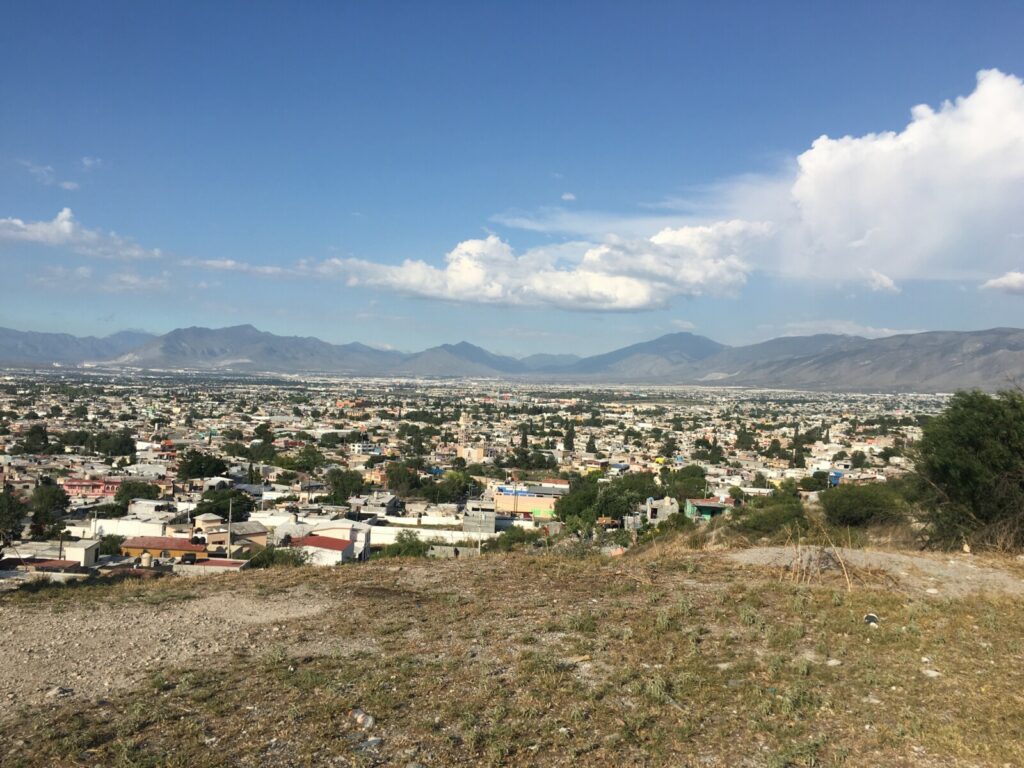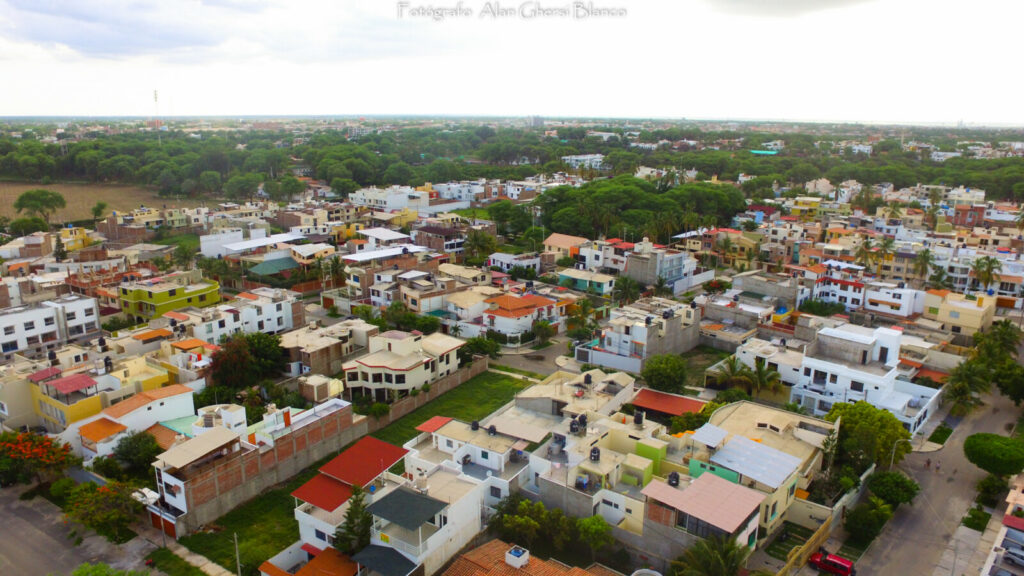Based on the results of the City Lab, MGI has created a detailed profile for each of its three pilot cities. The city profile summarizes strengths, weaknesses and areas of need of the urban system, as well as key factors for sustainable urban transformation. Here you will find a short overview with the most important information of each city profile.
City Profile Kochi

General
Kochi is an important port on the west coast in the southern part of India with about 600,000 habitants. It is the financial, commercial, industrial, and touristic center of Kerala state. Kochi is located in the Ernakulam district and is surrounded by the Arabian Sea, which is why it consists of numerous islands and peninsulas.
Climate Risks and Challenges
- Sea level rise and coastal erosion
- Heavy rainfall and stormwater
- Water scarcity
- Temperature increases and Urban Heat Islands
- Change in biological system
Key Factors
- Actively engaged citizens
- Tourism is gaining importance
- Expansion of solar power
- United experience with involving the private sector
Read the detailed results of the City Lab analysis:
City Profile Saltillo

General
Saltillo is the capital and the largest city of the state of Coahuila de Zaragoza in Northeastern Mexico. It has about one million inhabitants. The climate in the Saltillo region is dry, medium-warm and with scarce rainfall, which increases in summer.
Climate Risks and Challenges
- Heavy rainfalls and stormwater floodings
- Water scarcity and droughts
- Temperature increases and Urban Heat Islands
- Forest fires
- Frost
Key Factors
- Environmental consciousness
- High university density
- Industrial parks
- Automotive manufacturing cluster
- High solar potential for photovoltaic energy
- Political will
Read the detailed results of the City Lab analysis:
City Profile Piura

General
With 894,847 inhabitants in 2020, Piura is the fifth biggest city in Peru and the capital of the Piura region. Due to its geographical location, Peru is particularly affected by the consequences of climate change, particularly by the phenomenon of El Niño and La Niña.
Climate Risks and Challenges
- El Niño phenomenon: Overflowing rivers, heavy rains and stormwater flooding
- La Niña phenomenon: Water scarcity and droughts
- Temperature increases and urban heat islands
Positive Factors
- One of the fastest growing economy and city in Peru
- Recognized for its gastronomy and enhanced by tourism and agro-industry
- Potential to implement renewable energy systems (hydroelectric and photovoltaic)
- Political will and support for sustainable urban development
- Impulses for the use of digital tools and technological upgrades to urban planning, secure and modernize public services
Read the detailed results of the City Lab analysis:

